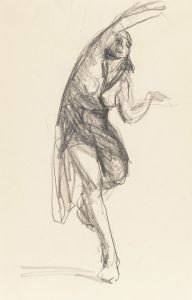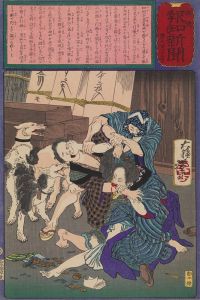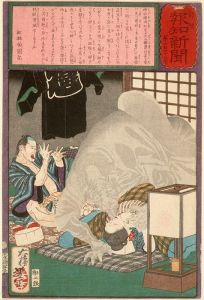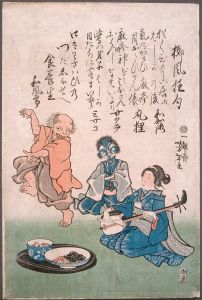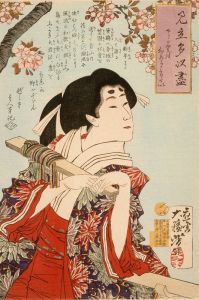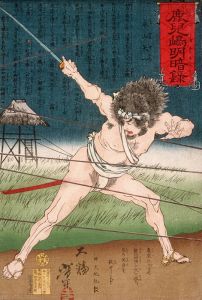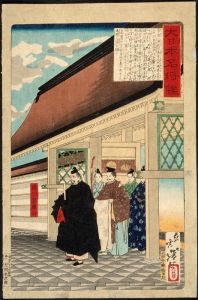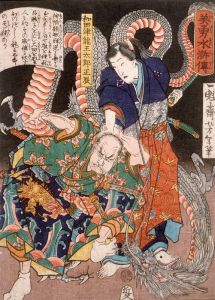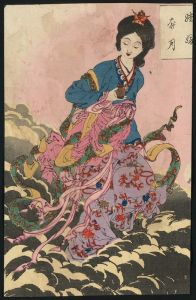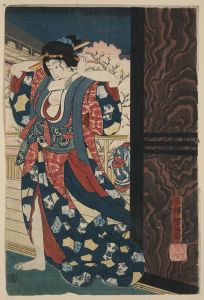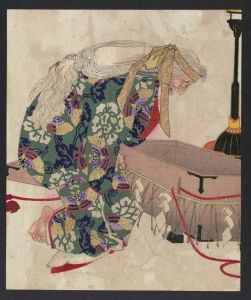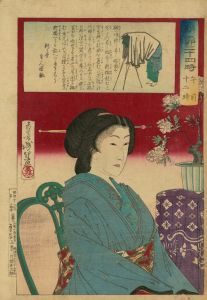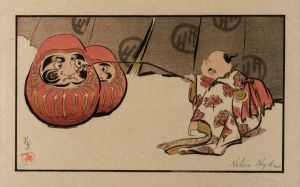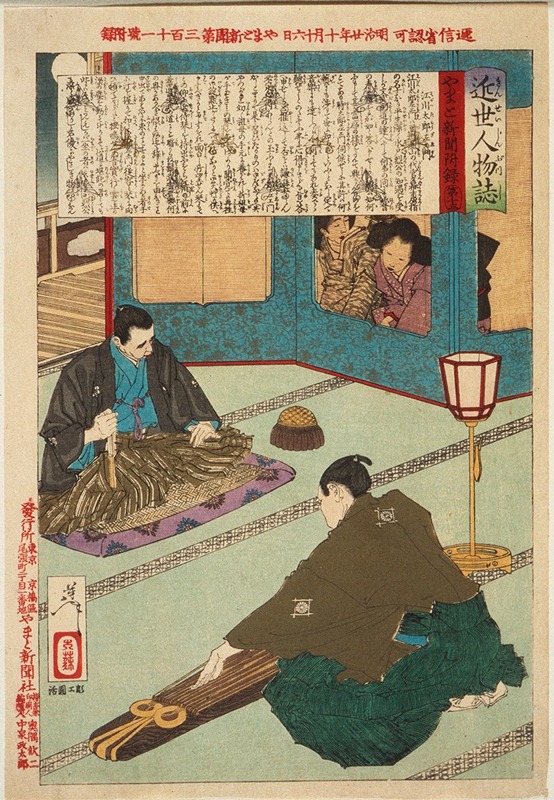
Egawa Tarōzaemon Playing the Koto
A hand-painted replica of Tsukioka Yoshitoshi’s masterpiece Egawa Tarōzaemon Playing the Koto, meticulously crafted by professional artists to capture the true essence of the original. Each piece is created with museum-quality canvas and rare mineral pigments, carefully painted by experienced artists with delicate brushstrokes and rich, layered colors to perfectly recreate the texture of the original artwork. Unlike machine-printed reproductions, this hand-painted version brings the painting to life, infused with the artist’s emotions and skill in every stroke. Whether for personal collection or home decoration, it instantly elevates the artistic atmosphere of any space.
"Egawa Tarōzaemon Playing the Koto" is a woodblock print created by the renowned Japanese artist Tsukioka Yoshitoshi (1839–1892). Yoshitoshi is widely regarded as one of the last great masters of the ukiyo-e tradition, a genre of Japanese art that flourished during the Edo period (1603–1868) and into the early Meiji era (1868–1912). This artwork is part of Yoshitoshi's celebrated series "New Forms of Thirty-Six Ghosts" (Shinkei Sanjūrokkaisen), which was published between 1889 and 1892. The series is known for its imaginative and dramatic depictions of supernatural themes, folklore, and historical figures.
The print portrays Egawa Tarōzaemon, a historical figure from the Edo period, playing the koto, a traditional Japanese stringed instrument. Egawa Tarōzaemon is often associated with his role as a samurai and administrator, particularly in the context of his efforts to modernize Japan's coastal defenses during the late Edo period. However, in this artwork, Yoshitoshi focuses on a more intimate and artistic aspect of Egawa's character, presenting him as a koto player. The scene is imbued with a sense of mystery and tranquility, characteristic of Yoshitoshi's ability to blend realism with elements of the supernatural or symbolic.
Yoshitoshi's use of color, line work, and composition in this print exemplifies his mature style, which combines traditional ukiyo-e techniques with innovative approaches that reflect the changing artistic landscape of the Meiji era. The print likely incorporates subtle references to Japanese folklore or historical anecdotes, as is typical of Yoshitoshi's work, though the specific narrative or symbolic meaning behind Egawa's depiction with the koto is not explicitly documented.
"Egawa Tarōzaemon Playing the Koto" is a testament to Yoshitoshi's skill in capturing both the physical and emotional essence of his subjects. It also reflects the broader cultural and artistic transitions occurring in Japan during the late 19th century, as traditional art forms like ukiyo-e faced challenges from the rapid modernization and Westernization of the Meiji era. Today, this print, along with others in the "New Forms of Thirty-Six Ghosts" series, is celebrated for its artistic merit and its role in preserving and reinterpreting Japan's cultural heritage.





